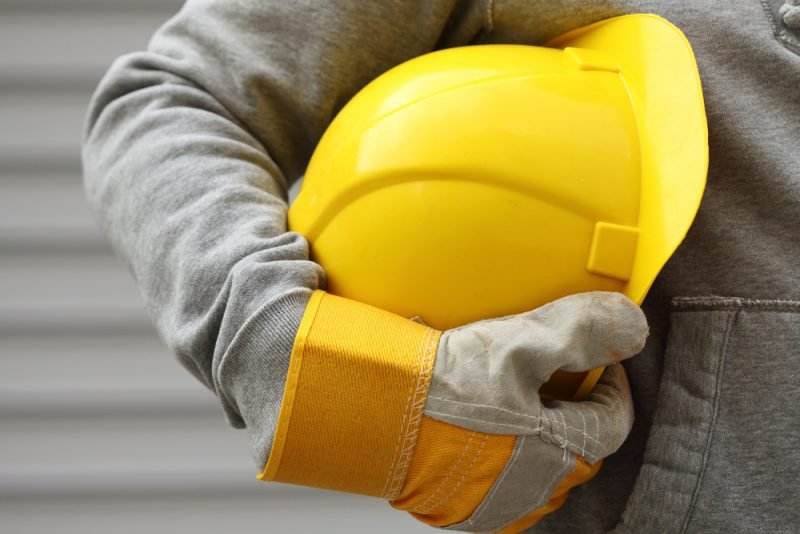Types of Industrial Safety Helmets
8 January, 2018 - Editorial Team
Safety Helmets
Why is the use of industrial safety helmets so important? How many types of industrial safety helmets exist? In case you’re not familiar with this topic, you will be surprised to learn it’s much more than just a matter of safety – although that certainly is the prime reason.
Different Types of Industrial Safety Helmets
Not all hard hats are the same, and their level of protection will depend on their quality as well as their intended use. In general terms, we can find two types of hard hats tha are the most common today:
- Type I Hard Hats:These are the most widely used, and they’re designed to protect the user from vertical impact caused by falling objects. It’s not so effective when the force of impact is lateral or in any way off-centre.
- Type II Hard Hats:These types of hard hats have extra reinforcement inside to ensure they can withhold a wider range of impact which may come from any angle. They are a little more expensive, but are also safer, offering superior protection.
We can also find three different electrical classes in hard hats meant for electrical workers:
- Class G (General): These are the least expensive and most common electrical hard hats, offering a minimal grade of electric insulation. They will protect the wearer from electrical charges of up to 2,200 volts from phase to ground, provided the charge is applied to the hat.
- Class E (Electrical): These hats have a higher grade of electric protection, being able to block electrical charges of up to 20,000 volts. These hats are normally worn by workers who are routinely exposed to high voltage environments.
- Class C (Conductive): These types of hats actually offer no protection from electrical shock, providing instead increased conductivity to help dismiss static charges as well as offering increased breathability.
You can usually determine the type and class of a safety helmet by checking the inside label.
Why it’s Crucial to Wear an Industrial Safety Helmet
No matter its type or the role of the worker wearing it, a standard industrial safety helmet must play the fundamental role of protecting the skull of its wearer from impact and falling objects that might otherwise cause injuries, trauma or even accidental deaths.
As such, the required characteristics of a hard hat include resistance to shock caused by impact from heavy objects or penetration by all kinds of sharp objects. Additionally, it should also safeguard the wearer against flames, water, heat and electrical damage.
Obviously, wearing a helmet (no matter how hard or well insulated) won’t fully protect someone from such damage, but it should as much as possible create a protective layer that will often make the difference between life and death in routinely everyday mishaps that will invariably take place in any given construction site.
In short, the fact of wearing a safety helmet at all times is so crucial when visiting a construction site because it will help minimize the chances of injury, trauma and death. Accidents do happen and often when one least expects them to; that is just why wearing these hats is mandatory for all workers and visitors: it’s for their own sake and personal benefit.
Since everyone within a construction site is required to wear hard hats, they are also used for the secondary function of identifying the role of the person carrying the hat. This is done easily by a set of universal colour codes which allow anyone to determine the hierarchy of everyone else at a glance.

Understanding colour codes of your industrial safety helmet
The colour of a safety helmet is not just a decoration, but rather a code. Simply by looking at the colour of a helmet, you can easily determine the role that person plays in a construction site.
Here are the most typical colours which are generally used in most construction sites under safety law guidelines.
- White: Often reserved for administrative roles such as managers, engineers, foremen and all kind of supervisors.
- Blue: The colour normally attributed to technical operators, most notably electricians, carpenters and all kinds of specialized workers.
- Green: Typically, workers wearing a green safety helmet are safety officers.
- Red: Much as it happens outside the construction site, this colour is reserved for firefighters.
- Yellow: This tends to be the predominant helmet colour in any given construction site, as it’s assigned to general labourers.
- Brown: Reserved for workers involved in high heat applications, including but not limited to welders.
- Grey: Site visitors will be given these hats to tell them apart from the site workers.
Occasionally, alternative colour codes might be adopted for a given construction project, so it’s always a good idea checking with your supervisor if you have any doubts.



